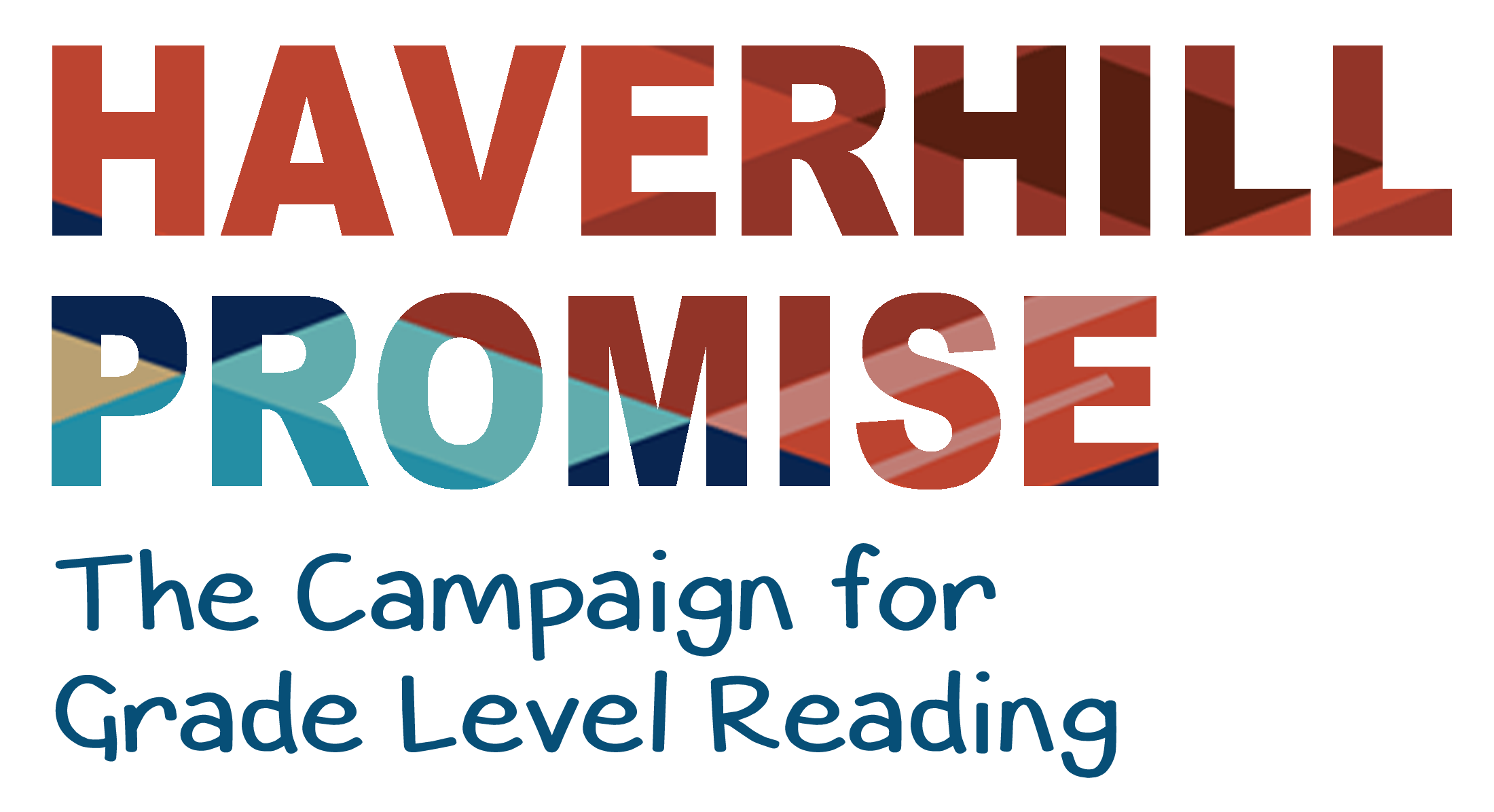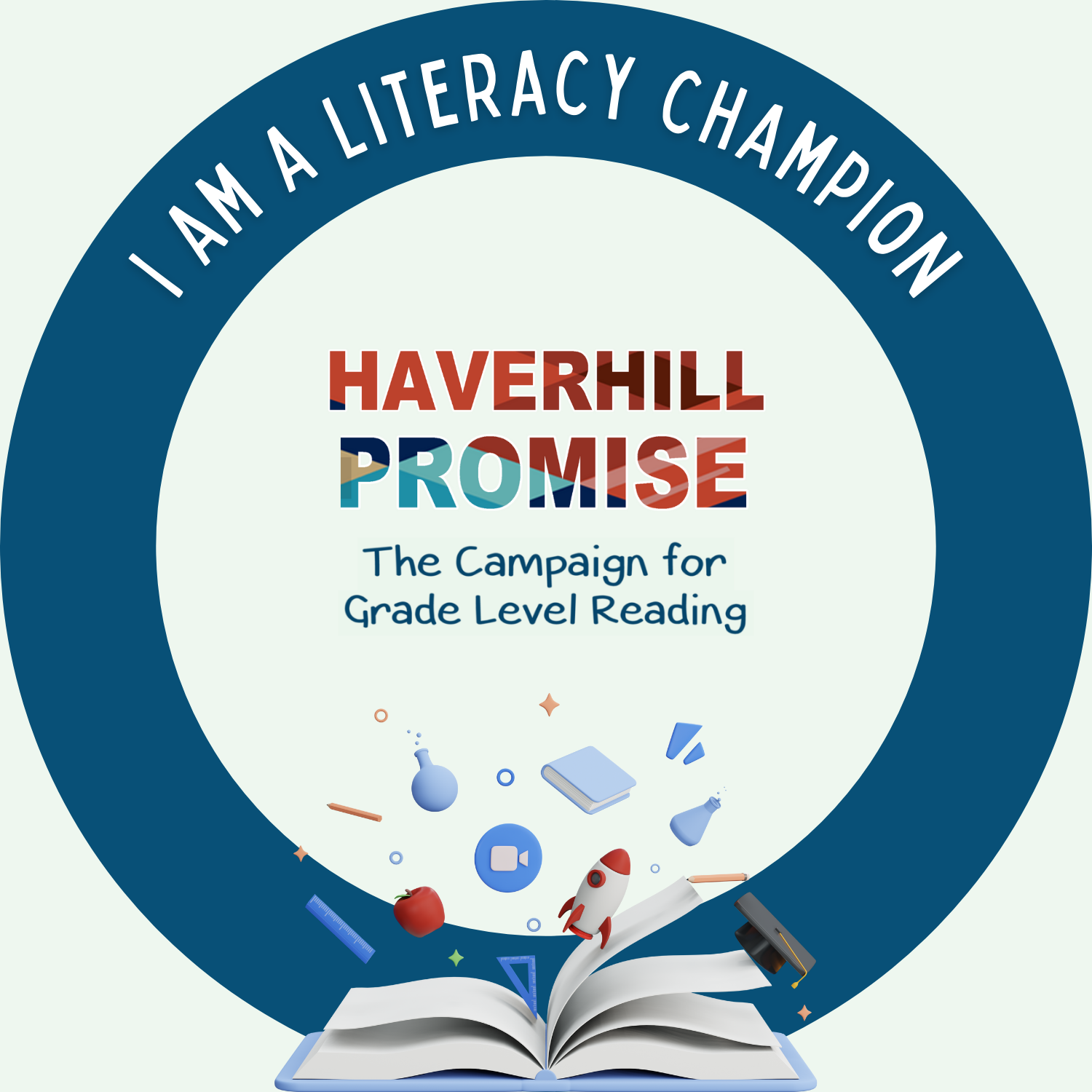Our Mission:
Reading proficiency for all Haverhill kids.
We're a cross-sector collaboration between schools, non-profits, teachers, parents, health entities, early education providers, and businesses that are interested in playing a role in ensuring that all Haverhill students have the tools necessary to achieve grade level reading by the end of the 3rd grade.








